AWS Solutions Architect Associate Certification
Services Management and Governance
CloudFormation
In this article, we explore AWS CloudFormation and how it simplifies provisioning and managing AWS infrastructure as code. CloudFormation enables you to define your entire infrastructure in a template (in JSON or YAML), streamlining resource deployment, management, and updates.
Traditionally, infrastructure was provisioned through a mix of scripts and manual processes—often documented in runbooks or stored in version control systems. This approach was prone to inconsistencies, unreliability, and a lack of repeatability when documentation or scripts were out of date.
Infrastructure as Code
Infrastructure as code (IaC) is a key DevOps practice that involves managing and provisioning infrastructure through code rather than manual processes. Think of it as the digital equivalent of constructing a building with detailed blueprints. Just like an architect uses standardized blueprints and toolkits to build consistent structures, a DevOps engineer uses code-based blueprints to deploy servers, databases, networks, and more.
How CloudFormation Works
AWS CloudFormation automates resource provisioning by reading your defined templates to create and manage stacks. Here’s a simplified workflow:
- Write the infrastructure code in a template.
- Submit the template to CloudFormation.
- CloudFormation reads the template and automatically provisions the defined AWS resources.
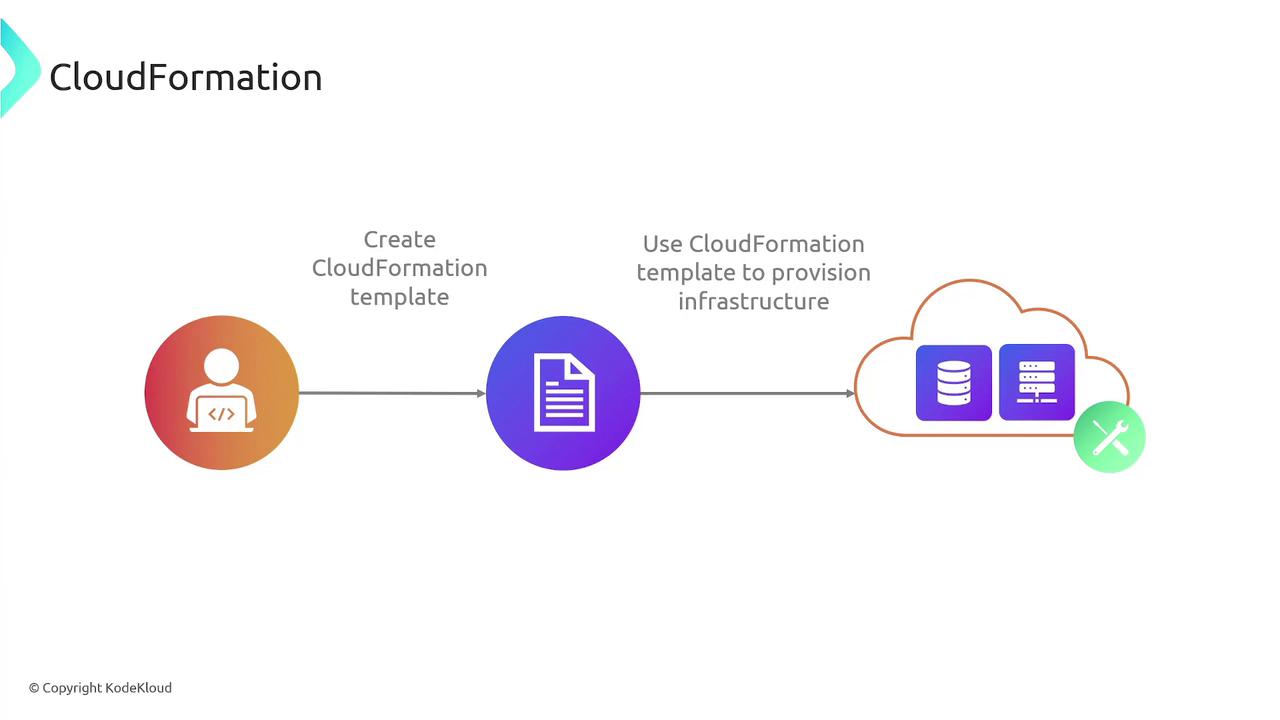
A CloudFormation "stack" is a collection of AWS resources created and managed as a single unit. You can use separate stacks for different applications or environments (such as development, staging, and production).
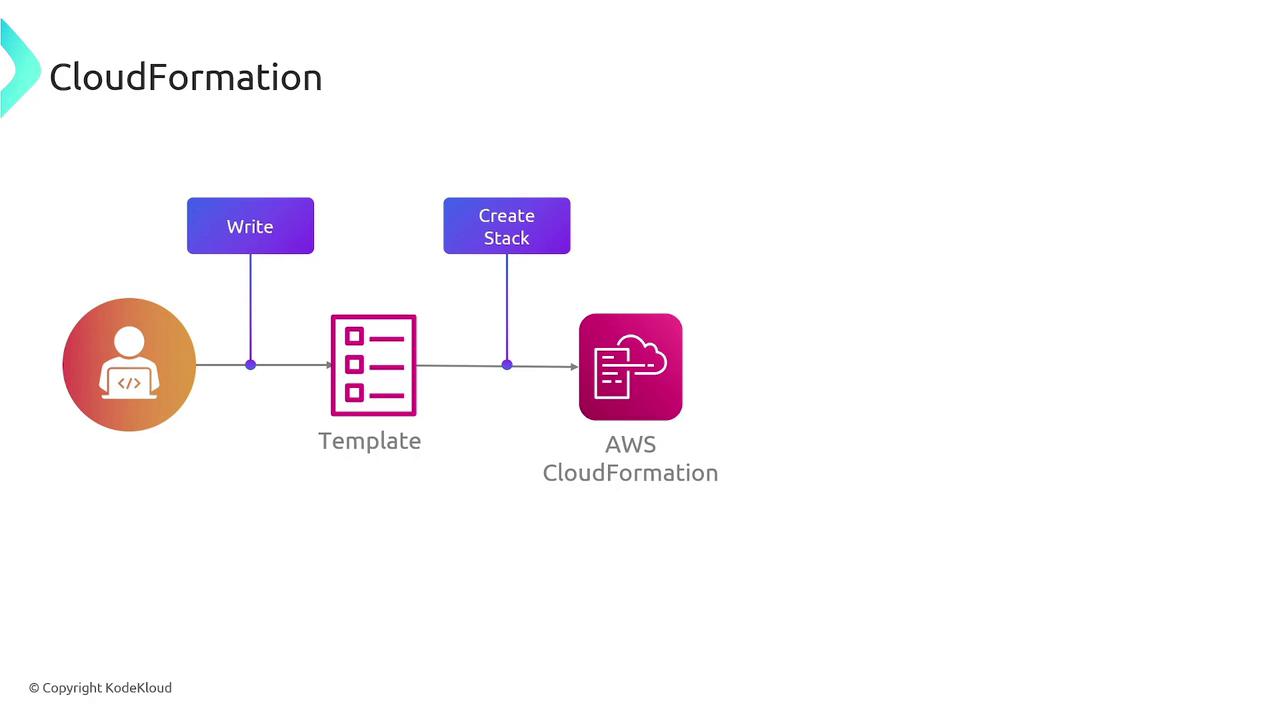
When you need to update your infrastructure—by adding new resources or modifying existing ones—you simply update your CloudFormation template. CloudFormation generates a change set that previews how your running resources will be impacted by the changes. After you review and approve the change set, CloudFormation applies the updates seamlessly.
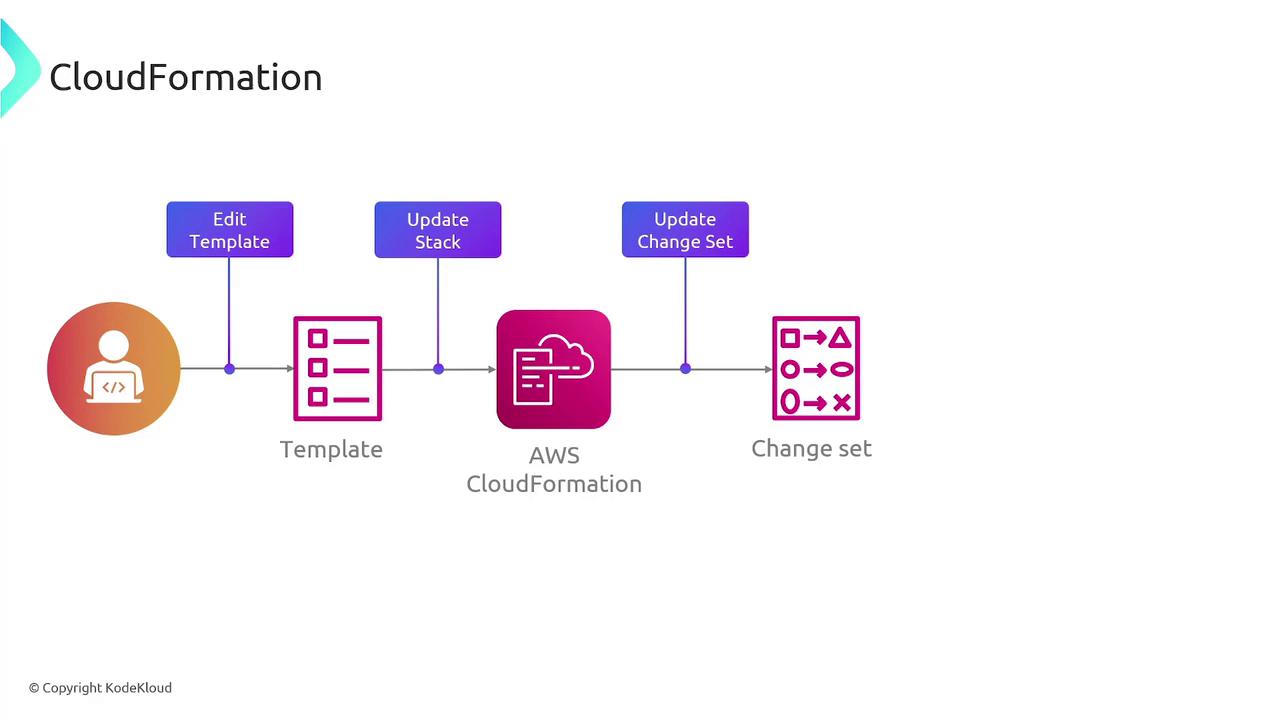
Key Features and Benefits
AWS CloudFormation offers a range of benefits that streamline infrastructure management:
| Feature | Benefit | Example Usage |
|---|---|---|
| Infrastructure as Code (IaC) | Manage AWS resources with code-based templates that are easy to version and collaborate on. | Storing templates in Git for version tracking and collaboration. |
| Consistent and Repeatable Deployments | Duplicate environments like development, staging, and production by reusing the same configuration. | Creating a staging environment identical to production. |
| Version Control Integration | Maintain a clear history of configuration changes by storing templates in version control systems. | Using Git to track and revert changes as needed. |
| Resource Tracking | Easily track, update, and manage groups of resources as a single unit. | Managing a collection of resources as a CloudFormation stack. |
| Efficiency and Cost Savings | Reduce manual errors and save time by automating infrastructure deployment. | Eliminating manual AWS console configurations for faster deployments and reduced operational costs. |
Integration with AWS Services
CloudFormation integrates seamlessly with other AWS services and developer tools. For instance, you can store your templates in AWS CodeCommit and build CI/CD pipelines using AWS CodePipeline and AWS CodeBuild, enabling you to manage infrastructure changes just like application code.
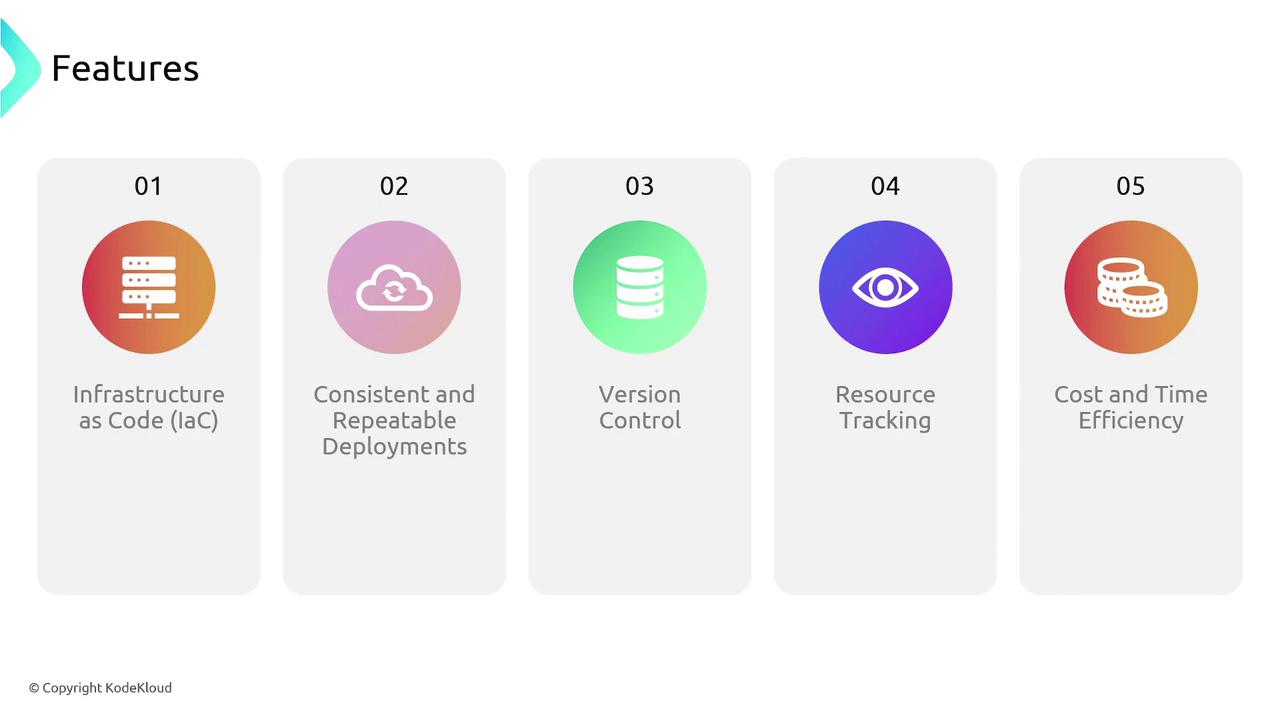
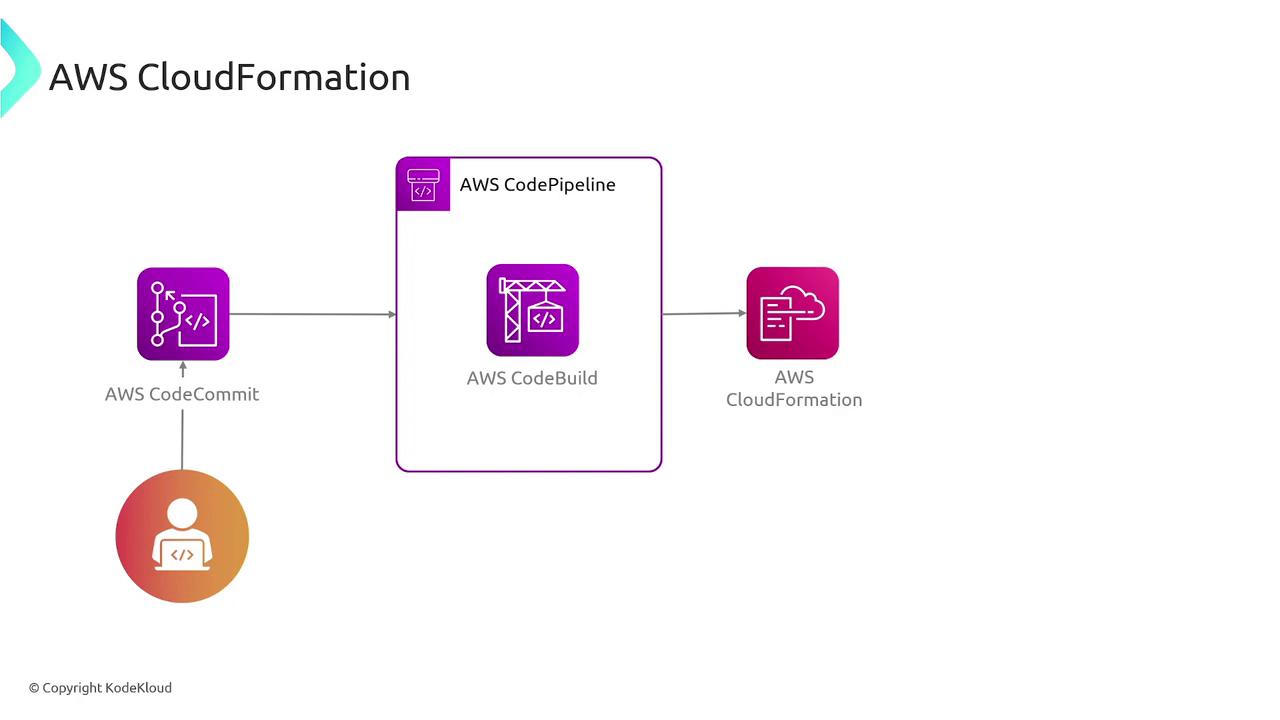
Watch Video
Watch video content